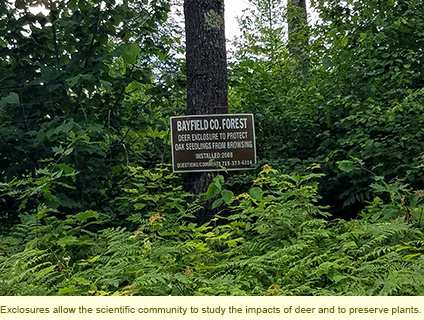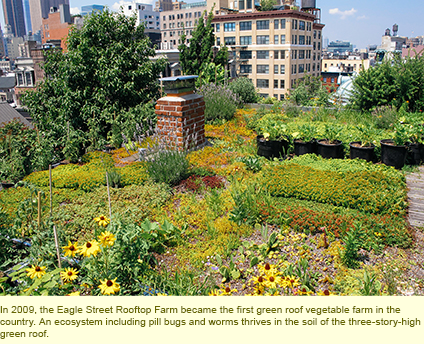Sponsored Books
- Garden At Monceau
- Briefe eines Verstorbenen (Letters of a Dead Man)
- Andeutungen über Landschaftsgärtnerei (Hints on Landscape Gardening)
- City of the Soul: Rome and the Romantics
- Romantic Gardens: Nature, Art, and Landscape Design
- Writing the Garden: A Literary Conversation Across Two Centuries
- Learning Las Vegas: Portrait of a Northern New Mexican Place
Recommended Books
- Henry David Thoreau: A Life by Laura Dassow Walls
- A Political Imperative
- Afton Villa Book
- Celebration of the publication of A Natural History of English Gardening 1650-1800 by Mark Laird
Book Reviews
- Spying on the South: An Odyssey Across the American Divide
- American Eden: David Hosack, Botany, and Medicine in the Garden of the Early Republic
- National Park Roads: A Legacy in the American Landscape
- Pückler Letters
- Top Ten Garden Books of 2013: Writing the Garden
- Mariana Griswold Van Rensselaer
Articles
Site/Lines Fall 2017: Transforming the Planet: Landscape as Habitat
Living as we do in the era that many scientists characterize as the Anthropocene, the geological age in which human activity has become the dominant influence on climate and environment, our species, Homo sapiens, is the primary agent in the wanton extinction of countless other inhabitants of the biosphere. The quadrupling of the earth’s population from 2.5 billion in 1950 to 9.8 billion in 2050 will exacerbate to an almost unimaginable degree the losses already sustained in the animal and vegetable kingdoms. The forecast of ongoing harm by reckless emissions of greenhouse gases in the atmosphere, alterations of the oceans’ chemistry, and unbridled exploitation of Earth’s natural resources should be cause for deep concern, not greed and denial.
In his essay “Revive and Restore: Healing the Landscape through De-extinction,” Fred Rich argues that science, with its ability to edit DNA to reintroduce the key traits of an extinct plant or animal, implies a moral duty to use that power, at least in the case of species whose extinctions were caused by man. Dan Flores takes up the theme of re-wilding in his article, “Silence and Emptiness,” in which he discusses a fifteen-year-old, $100 million-plus, privately funded project to create a Great Plains wildlife park. It would feature animals that once roamed the region, which he documented in his acclaimed 2016 book An American Serengeti.
 But what about rampant and unwanted growth of animal populations in habitats that have shrunk to fractions of their original extents? Julia Buckles, who takes us on a wilderness trek in “Wisconsin’s Disappearing Forest,” describes white-tailed deer as “plant-eating machines” (they consume seven pounds of vegetation daily). Today these herbivores are multiplying due to milder winters, hunters who have a selfish interest in their unchecked procreation, and land-management officials who ignore their depredations. The environmental scientists the author interviews maintain that what is needed for habitat stabilization in this case are same kind of wire fence exclosures gardeners have begun installing to prevent deer from dining on their horticultural specimens.
But what about rampant and unwanted growth of animal populations in habitats that have shrunk to fractions of their original extents? Julia Buckles, who takes us on a wilderness trek in “Wisconsin’s Disappearing Forest,” describes white-tailed deer as “plant-eating machines” (they consume seven pounds of vegetation daily). Today these herbivores are multiplying due to milder winters, hunters who have a selfish interest in their unchecked procreation, and land-management officials who ignore their depredations. The environmental scientists the author interviews maintain that what is needed for habitat stabilization in this case are same kind of wire fence exclosures gardeners have begun installing to prevent deer from dining on their horticultural specimens.
In “The Many Currents of the Mighty Hudson,” biologist and environmental-research scientist John Waldman provides a case study of the radical transformation of the river’s ecology in direct response to legislation – most notably the Clean Water Act of 1972 and subsequent strictures on dumping toxic industrial waste into waterways. This is a hopeful story that takes us from the mid-twentieth century annihilation of once-abundant species to the present-day, astonishing return of large sturgeon, striped bass, and bluefish; the successful seeding of oyster beds; and the post-pesticide-use presence of once-endangered Bald Eagles and Ospreys.
While this is cause for celebration, Roger Pasquier’s “Interrupted Landscapes: The Future of Bird Migration” explains how, although all seems well on a beautiful spring day in the bird-teeming paradise known as Central Park's Ramble, the avian streams that ply the air currents of the Atlantic Flyway and other migratory corridors throughout the world are being compromised by shrinking forest acreage, sprawling suburbanization, destruction of breeding territories, and climate change
 In “Living the High Life: Green Roofs as a Biodiverse Frontier” Annie Novak, herself a rooftop gardener in New York City, adds another dimension to the prescriptions of the writers mentioned above who seek to redress the balance of nature. She maintains that we are living in a world that is undergoing a second agricultural revolution at the same time that it is being transformed by information technology. As she shows, urbanites are finding that the tops of buildings are fertile fields for growing organic produce to feed local populations. But this is not all: There is a large biodiversity benefit as insect pollinators arrive, migratory birds refuel, and wildflower rarities without ground-level soil regenerate
In “Living the High Life: Green Roofs as a Biodiverse Frontier” Annie Novak, herself a rooftop gardener in New York City, adds another dimension to the prescriptions of the writers mentioned above who seek to redress the balance of nature. She maintains that we are living in a world that is undergoing a second agricultural revolution at the same time that it is being transformed by information technology. As she shows, urbanites are finding that the tops of buildings are fertile fields for growing organic produce to feed local populations. But this is not all: There is a large biodiversity benefit as insect pollinators arrive, migratory birds refuel, and wildflower rarities without ground-level soil regenerate
These essays can now be read online as well as in paper format if you are a regular supporter to the Foundation for Landscape Studies. To help keep both formats in circulation in the future, please donate today.
